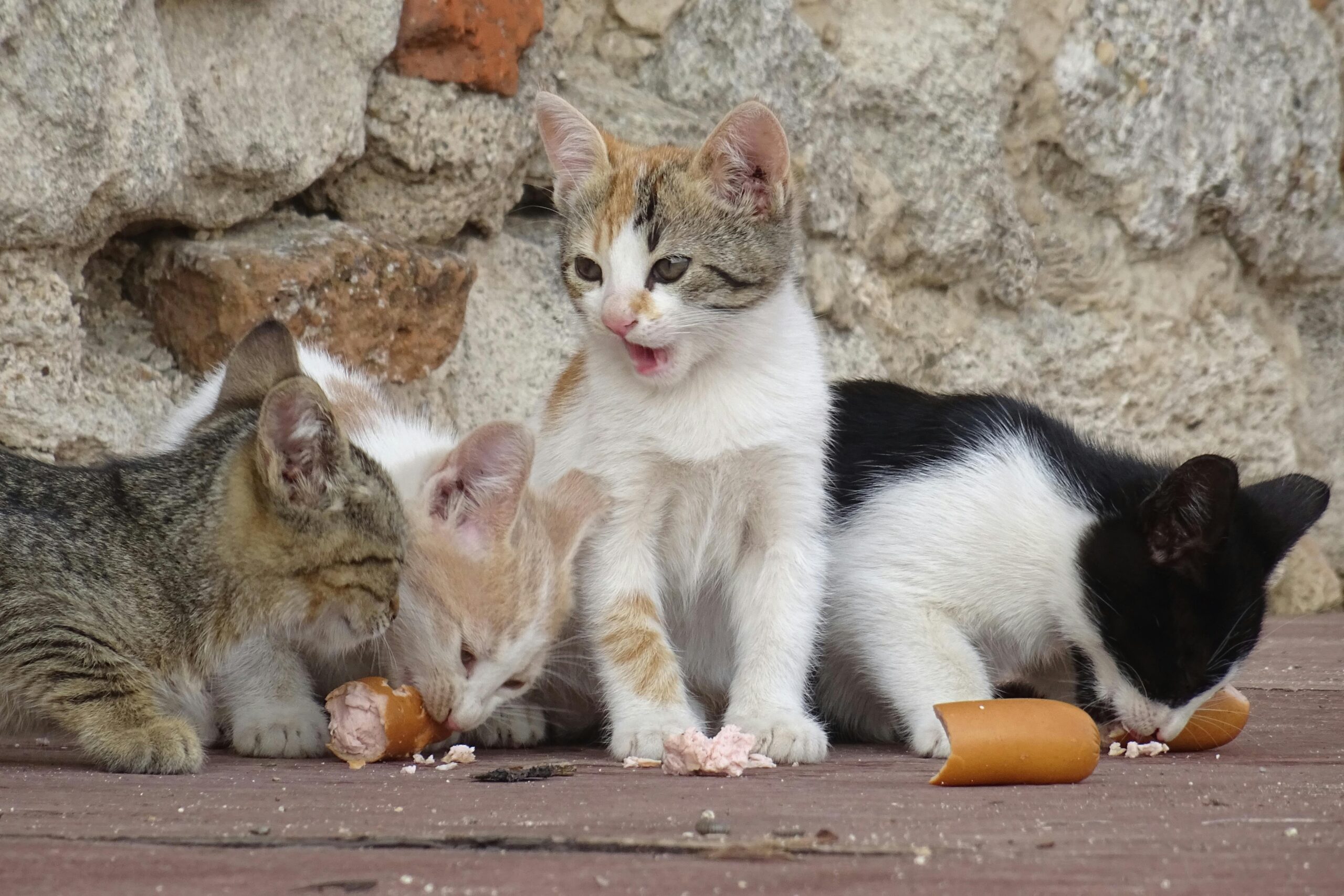Due to their individual traits, prestigious backgrounds, and impressive looks, exotic pets almost always cost a great deal. Even though a lot of most expensive pet are exotic animals are cheap, others can charge hundreds of thousands or even millions of dollars. Such costly animals require either rare pets that need specialized attention and elaborate habitats, or in certain instances they require a lot of legal paperwork and insurance. People with sufficient financial resources to pay for the initial investment and the ongoing fees of their care consider the opportunity to have a rare, expensive pet incredibly attractive.
This thorough analysis will examine the highest costing exotic pets, investigating why they are so expensive, the problems and gratifications linked to their ownership, and the ethical and legal obstacles intimately related to the care of such uncommon animals. A group of particularly valued exotic animals consist of the Tibetan Mastiff, Savannah Cat, Palm Cockatoo, Hyacinth Macaw, and white lions, all of which create specific experiences for their owners.
1. Between $150,000 and $2 million is the asking price for a Tibetan Mastiff.
With certain purebred specimens bringing in more than $2 million , the Tibetan Mastiff holds the name as one of the most expensive pet worldwide. As defense against wolves and leopards, the nomadic peoples of Tibet, China, Nepal, and India have historically used the Tibetan Mastiff, which is a large and powerful breed that for some time has symbolized wealth and social position in Asia.
Rarity and Pedigree
By and most expensive pet, the main cause of the astronomical price of Tibetan Mastiffs is their rarity, along with the hefty breeding standards that influence the most costly specimens. Tibetan Mastiffs with pure breeding, and especially those bearing desirable bloodlines, are exceptionally rare. In the early 2010s, these dogs turned into a status symbol in China, where rich people pursued the most pure examples. The 2011 record for the most expensive dog worldwide went to Big Splash, a Tibetan Mastiff that sold for $1.9 million.
Appearance and Personality
Reaching over 150 pounds in weight, Tibetan Mastiffs are great big dogs that have a thick coat which causes them to resemble lions. They characterize themselves as independent, intelligent, and alert, because these qualities fit with their large physique. Their devotion to family makes them infamous for their distance from strangers, which in turn makes them first-rate watchdogs.
Maintenance and Care Costs
Although the buying price of a Tibetan Mastiff is incredibly high at first, upkeep for these animals is also financially demanding. A large size alongside a thick coat implies a big demand for food and continued care. Also, they demand an appropriate amount of space to discover, making them better adapted for remote settings. Expensive health care is a possibility, because they are likely to experience certain genetic conditions, such as hip dysplasia.

2. The cost for Savannah Cat is somewhere between $10,000 and $50,000.
Prices for an F1 generation (first-generation hybrid) of the Savannah Cat are from $10,000 to $50,000 and upwards. The combination of a serval and a domestic cat results in this breed that, primarily by emphasizing its large ears and striking features, illustrates the body size of a medium-sized wild African cat.
Hybrid Rarity
Thanks to the breeding difficulties involved, Savannah Cats are prohibitively expensive. For generating a first-generation hybrid, it’s necessary to execute a crossing between servals and domestic cats; this important task requires careful analysis, as well as expert guidance. The further removed the Savannah is from its serval ancestry, the greater its affordability, however, the price of the first generation of cats is high indeed. The physical features and behavioral traits of their wild ancestors make F1 Savannah Cats a favorite of those who are enthusiastic about exotic pets.
Appearance and Behavior
Savannah Cats have a reputation for their high, sleek bodies, large ears, and characteristic spotted coat. They echo mini cheetahs in their motions, reflecting excellent coordination and often jump and climb. Thanks to their high intelligence, these cats can learn to walk on a leash or participate in fetch—activities that set them apart from a lot of other cat breeds. They inherit a spectrum of the wild qualities from their serval ancestors, including an intense urge to hunt and an extensive supply of energy.
Special Care Requirements
Having a Savannah Cat, particularly an F1, involves making a promise to their care. For cats to stay stimulated and happily cognitively engaged, it is important to provide an ample amount of room to avoid boredom causing unwanted behaviors. The preferences in diet of wild cats reveal the critical need for both protein and raw food in their diet. Anyone planning to own a hybrid cat must be informed about the changing hybrid cat ownership regulations that differ from state to state.
3. $15,000 to $40,000 is the price of a Hyacinth Macaw.
The name “gentle giant” applies to the Hyacinth Macaw, one of the biggest and most high-priced parrots on earth. This unique bird, indigenous to central and eastern South America, declares itself through its extraordinarily vivid cobalt-blue plumage and yellow highlights by its beak and eyes.
Rarity and Endangerment
The main reason for Hyacinth Macaws‘ high price is their rarity. On the list of vulnerable species, they are losing population because of habitat loss and the illegal pet trade. The limited number pushes the price for captive-bred individuals, with responsible, lawfully sourced animals valued between $15,000 and $40,000.
Social Nature and Intelligence
Hyacinth Macaws are very gregarious and warmhearted creatures. Well known for their loyalty to their caretakers, they need a foreseeable level of engagement and brain exercise to be cheerful. Being both smart and able to imitate spoken language, these birds can perform tricks and handle problems too. Being known for their remarkable intelligence, these birds quickly become restless and might exhibit behavior like feather plucking or overly loud vocalizations if they don’t receive your attention.
Care and Maintenance
The care of Hyacinth Macaws is specialized. Due to their generous size, they demand either a roomy cage or aviary alongside plenty of opportunities to move their muscular beak, which serves for cracking nuts open. From a variety of fruits, nuts, and vegetables, macadamia nuts are their favorite selection in their diet. What’s more, captive Hyacinth Macaws can survive for up to 60 years, which means prospective owners need to be completely dedicated to a lasting duty.





